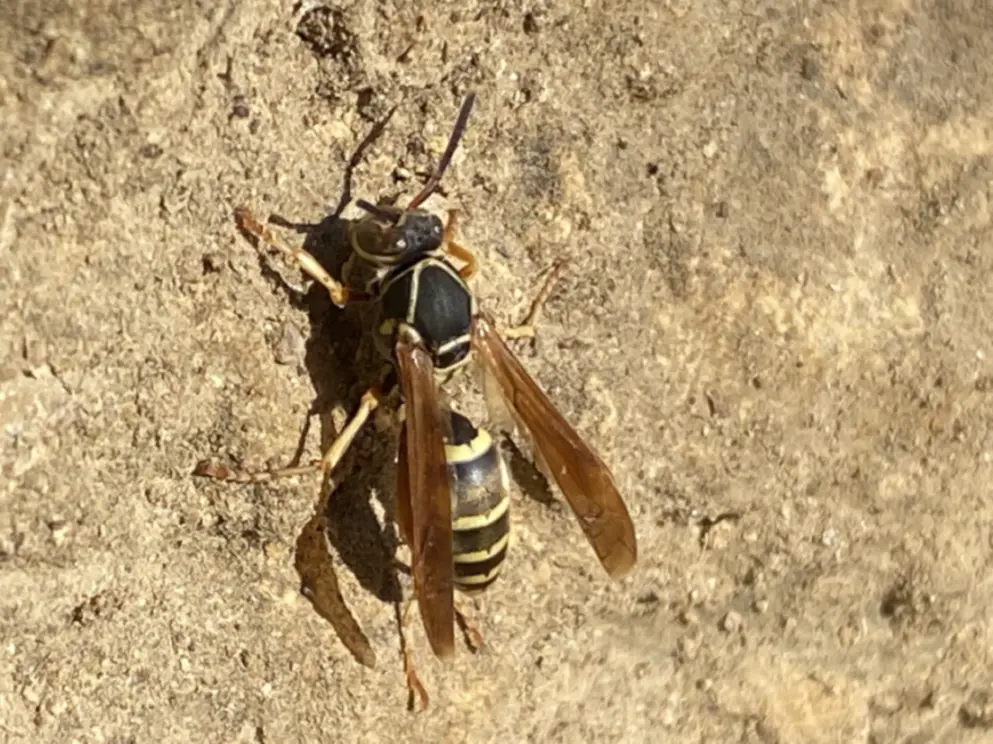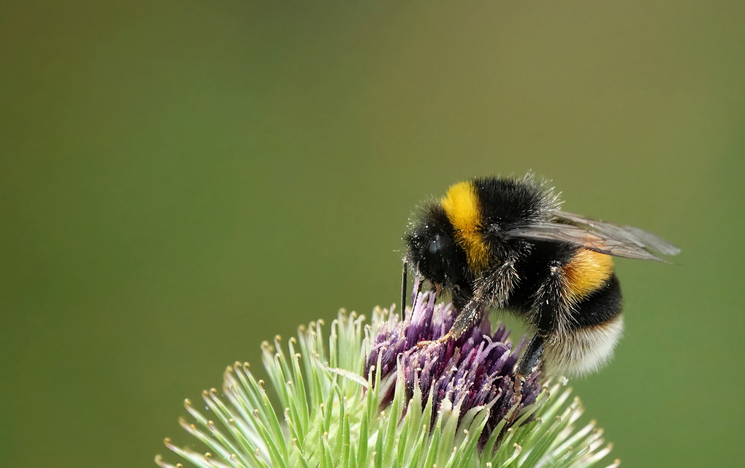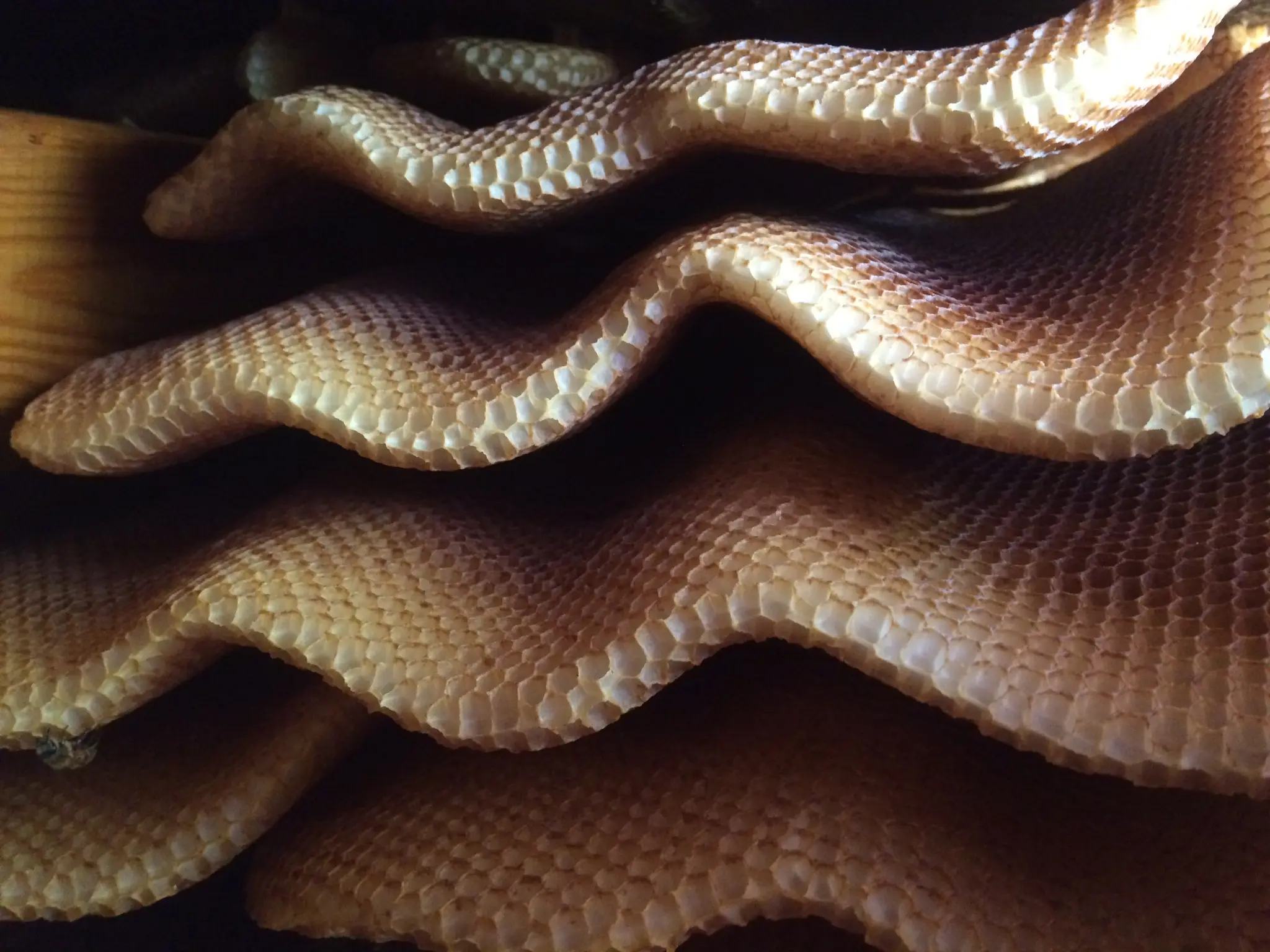Difference Between Wasps and Bees

In common language, the term “bee” is the catch-all term for anything that flies with a stinger. Regardless of how you use the general term “bee”, are wasps and bees related? We’ll explore the similarities and differences and conclude with a definitive answer.
Understanding the Visual Differences Between Wasps and Bees
The primary difference between wasps and bees starts with the construction of their hairs under 20x magnification. Since you typically aren’t walking around with that powerful of a magnification tool all the time and a flying, buzzing creature isn’t likely to sit still while you observe it; here are some general differences that can be observed more easily.
Wasps: Slim, Smooth Bodies and Narrow Waists

The waist and hair situation is the primary way to know how to tell a bee from a wasp. Bees tend to have a fuzzy or furry appearance while wasps tend to look more like a balding grandpa’s head – mostly smooth and shiny with few sparse hairs.
Bees: Fuzzier Bodies and Stout, Rounded Shapes

The fuzziness of bees bodies is what makes them such excellent pollinators. Pollen can stick to the bee’s body anywhere that hairs are sticking out. Bees legs have a structure called the corbicula which has long, curved hairs that make it easy for pollen to adhere to. The hair also lends itself to bees appearing more stout and rounded than their wasp counter parts. The hairs hep blur the distinction from one body segment to the next.
Behavioral Differences Between Wasps and Bees
While bees tend to be more passive than wasps, if you get too close to a bee or wasp nest, both sets of creatures will ratchet up their aggressiveness.
Wasp Behavior: Aggressive and Territorial
Wasps are predators so they behave aggressively. This includes both aggression toward their prey as well as anything that threatens their nest. Paper wasps bring food back to the larva in the nest to exchange their catch for a sweet treat. A threat to their nest is a threat to their treat machine.
Bee Behavior: Gentle and Essential for Pollination
Most bees are only interested in finding a flower to carry out their daily business. They have no interest in bothering you unless you directly threaten them. Their stingers are typically reserved for invaders that go inside of their nests. Male bees known as drones don’t even have stingers. There is also genera of stingless bees such as Austroplebeia, lipoma, and Tetragonula. When you see a bee buzzing around the flowers, know that it is carrying out its essential ecosystem duty of master pollinator and let it be.
Why Bees are Important, and When Wasps Become a Problem
We rely on bees for pollination in a lot of areas of life. They help plants thrive and flourish as well as fill an essential niche in the animal ecosystem. Wasps also contribute to pollination though not near as much as bees considering they have far fewer hairs. Wasps also play a key role in balancing the environment by being predators to other arthropods. The braconid wasp for example, parasitizes Indian Meal Moth larvae which are a stored product pest.
Wasps become a problem when they invade structures or build their homes in areas that are likely to have frequent run-ins with humans.
How to Identify a Wasp or Bee Nest

Pest control for bees and wasps varies greatly, so understanding the differences in nests will properly direct effort. Bumble bees utilize existing cavities for their nests and honey bees create combs like you saw in cartoons and movies growing up. Most wasps on the other hand, build their nests out of chewed organic material like a paper mache. These nests may be built into bushes or trees, hanging from the eaves, or built into a void.

When it comes to wasp vs bee nest, it is oftentimes more helpful to determine if the location of the nest is problematic. If it is built behind the siding of a home, it will need removed whether it was built by a wasp or a bee.
Call Rove for Stinging Pest Control!
While bees and wasps come from the same order (Hymenoptera), they belong to different families. Wasp or bee control is going to depend on the specific family as well as the species. In most cases, bees in the Apoidae family do not require control (honeybees and bumblebees) except for extreme situations. On the other hand, carpenter bees of the same family often do merit attention or control.
The best news is you do not have to become a bee or a wasp expert. Just remember to contact Rove Pest Control if some flying creature is bothering you. The stinging pest experts will get the situation resolved for you.
